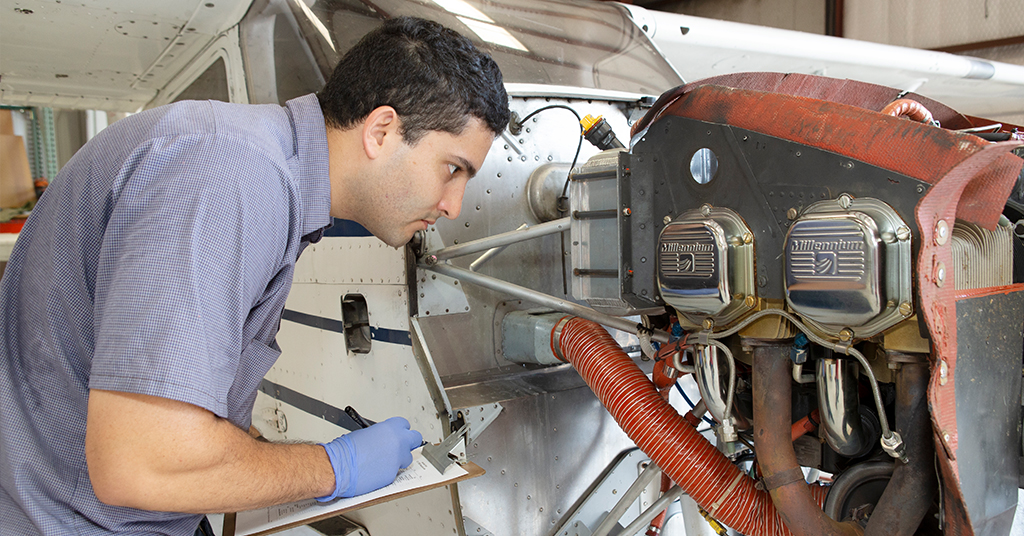By Rick Farmer
It’s February and you just took off from an airport in northern Illinois. Cruising along at 7,500 feet, you start to feel a little nip in the air. You reach over to turn on the cabin heater and presto, both you and your passengers are nice and warm and feeling thankful. But, do you know exactly how that warm air made it into your cabin? The answer to this question is most likely no.
The cold winter weather is officially here for most of the country, and with this change in season comes the increased usage of your aircraft’s cabin heat. Most pilots don’t pay much attention to this system unless it doesn’t work when needed. So, let’s take a look at what it really takes to keep you warm on those cold winter flights.
Being that an engine naturally produces a significant amount of heat during its normal operation, it makes sense that this would be a good place to start. Most modern automobiles are liquid-cooled, meaning that they circulate coolant through the engine, which absorbs the heat produced by its operations. As the coolant flows through the radiator, it removes the heat from the engine by transferring it to the outside air. This is known as a liquid-to-air heat exchanger and is the primary means used to cool a liquid-cooled engine. This design also makes it easy to heat the inside of the car by simply adding another radiator (heater core) under the dash that is circulating the same engine coolant through it with a fan to blow this hot air into the cabin as needed.
This system removes the heat from the engine and sends it to the inside of the car. This is why you can use your car’s heat to cool down your engine if it overheats on a hot summer day.
Air-cooled engines also have small radiators known as oil coolers to cool the engine oil. The majority of the air-cooled engine’s heat, however, is exchanged directly to the outside air by the use of cooling fins on the cylinders. This design is much simpler and eliminates the need for radiators, hoses, coolants, water pumps and all of the weight associated with a liquid-cooled system.
Being that most general aviation aircraft do not have liquid-cooled engines, another means to heat the cabin had to be designed. The natural place that the manufacturers looked to is the exhaust system.
The simplest design found on most smaller general aviation aircraft has a shroud that covers the muffler that uses airflow from inside the cowling to be forced into itself. Here, the air is heated and directed into the cabin by the opening and closing of a vent door. This system is simple and lightweight, but it is important that the muffler is checked regularly for cracks that could allow carbon monoxide to enter the cabin.










